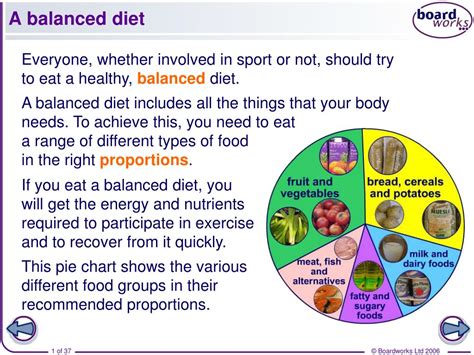How to break a strength plateau for peak performance & continued muscle gains?

Understanding the Strength Plateau
Every dedicated lifter eventually encounters the dreaded strength plateau. It’s that frustrating period when your lifts stall, your weights refuse to budge, and your muscle gains seem to have come to a grinding halt. While disheartening, hitting a plateau is a normal part of the training journey. It simply means your body has adapted to the current stimulus, and it’s time to introduce new challenges to force further adaptation and growth. Recognizing the common causes—like insufficient recovery, inadequate nutrition, or repetitive training—is the first step toward breaking through.
Strategies to Shatter Your Plateau
Breaking a strength plateau requires a strategic approach, moving beyond simply trying to lift more weight. Here are some proven methods to reignite your progress and stimulate new muscle gains.
1. Master Progressive Overload in New Ways
While the most common form of progressive overload is increasing weight, it’s not the only way. If you can’t add weight, try to:
- Increase Reps: Do more repetitions with the same weight.
- Increase Sets: Add an extra set to your current exercise.
- Decrease Rest Times: Perform the same work in less time.
- Improve Form: Execute the lift with stricter, more controlled technique, making it more challenging for the target muscles.
- Increase Time Under Tension: Slow down the eccentric (lowering) or concentric (lifting) phase of the movement.

2. Implement Strategic Deloads
Sometimes, a plateau isn’t due to a lack of effort but rather overtraining and accumulated fatigue. A deload week, where you significantly reduce volume, intensity, or both, can be incredibly effective. This allows your central nervous system to recover, repairs muscle tissues, and often results in coming back stronger and ready to break through previous barriers.
3. Vary Your Training Variables
Your body is incredibly adaptable. If you perform the same exercises with the same rep schemes month after month, it will eventually stop responding. Introduce variety:
- Exercise Variation: Swap out exercises for similar movements (e.g., barbell bench press for dumbbell bench press, back squats for front squats).
- Rep and Set Schemes: Experiment with different rep ranges (e.g., 5×5, 3×8-12, 4×6-10) or advanced techniques like drop sets, supersets, or rest-pause training.
- Training Frequency: If you’re hitting a muscle group once a week, try twice; if twice, consider three times with reduced volume per session.
4. Optimize Nutrition and Recovery
Your training is only as good as your recovery and fuel. Ensure you are:
- Consuming Enough Calories: A slight caloric surplus is often necessary for muscle growth and strength gains.
- Adequate Protein Intake: Aim for 1.6-2.2 grams of protein per kilogram of body weight to support muscle repair and synthesis.
- Quality Sleep: 7-9 hours of quality sleep per night is crucial for hormone regulation, recovery, and performance.
- Hydration: Dehydration can significantly impair performance and recovery.

5. Refine Your Technique and Form
Poor form can limit your ability to lift heavier weights and effectively target muscles. Record yourself, watch videos, or get feedback from an experienced coach. Improving your biomechanics can immediately unlock new strength potential by allowing you to generate more force and distribute the load more efficiently.

6. Incorporate Periodization
Periodization involves systematically varying your training intensity and volume over specific cycles (e.g., mesocycles, macrocycles). This could mean cycles focused on hypertrophy, followed by strength, and then power, preventing overtraining and allowing for consistent progress by introducing new stimuli at the right time.
The Mindset for Continued Growth
Breaking a plateau isn’t just about physical changes; it’s also about mental resilience. Be patient, stay consistent, and trust the process. Listen to your body, make adjustments as needed, and celebrate small victories. Every plateau is an opportunity to learn more about your body and refine your approach, ultimately leading to greater strength, muscle, and peak performance.








